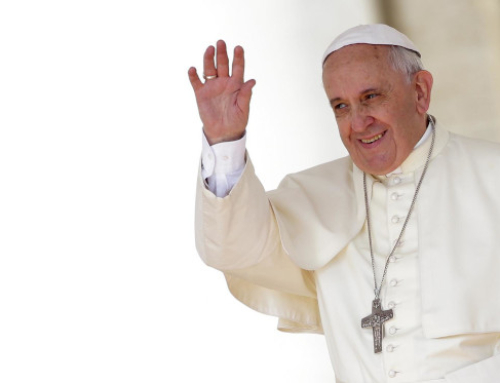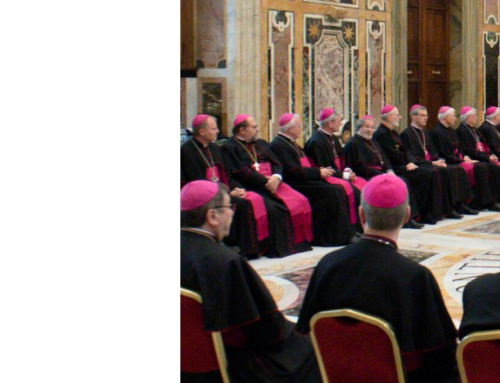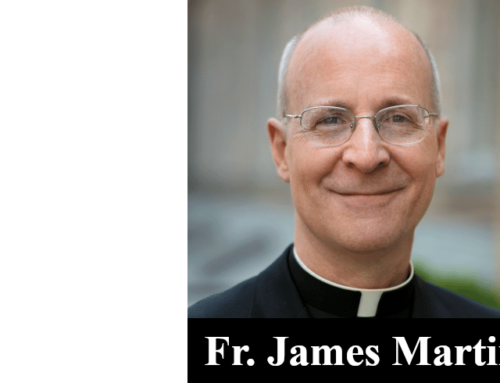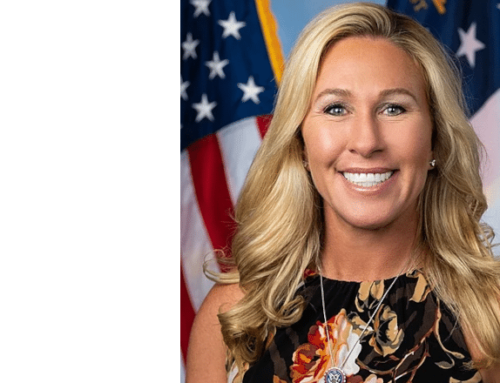Catholic League president Bill Donohue comments on a news article in yesterday’s New York Times on the Catholic Church:
A priest, Fr. Roy Bourgeois, decides to break with the Catholic Church’s teachings on ordination and “ordains” a woman in an illicit ceremony. He is given three years to recant, but he refuses, and is now threatened with excommunication. He is a hero to Church critics, especially the New York Times. Had he been a Times reporter who decided to break with the newspaper’s editorial position on abortion—putting a positive spin on pro-life leaders, while casting aspersions on abortion-rights advocates—he would not have lasted three weeks. So much for the glory of dissent.
Other than the New York Times, not a single newspaper in the U.S. carried a story on Fr. Bourgeois yesterday. Indeed, in the last three months, there were only two other stories on the renegade priest, and one of them was a front-page story in the Times just a week earlier. It’s the way the paper is spinning the story—fanning dissent—that counts most.
Yesterday’s story refers to Call to Action as “an organization for reform-minded Catholics.” It would be more accurate to say it is an organization of senior citizens, many of whom are ex-priests and nuns, who are so out of communion with the Catholic Church that some bishops have excommunicated its members. In 1990, it took out an ad in the Timescalling for all the familiar reforms, pledging to garner 100,000 signatures. After 18 months, it wound up with 21,000.
By contrast, in yesterday’s paper, Opus Dei was branded an “ultra-orthodox group.” Looks like the reporter, Dirk Johnson, has been reading too much of Dan Brown lately.
One of Call to Action’s leaders, Bob Heineman, wants to know whether the Church is the hierarchy, or the people. Either way he loses: the rank-and-file support the hierarchy, not Call to Action.
Contact Dirk Johnson: sycamoredirk@aol.com






